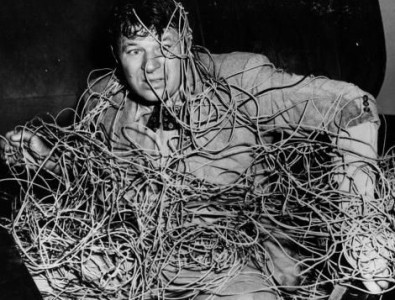When telecommunications was deregulated in 1996, new companies entered the playing field. At the time, landlords’ understanding of IT infrastructure was minimal.
“Landlords were ambivalent about the process,” said Glen Carolo, executive vice president of Montgomery Technologies. “They did not provision anything on the tenants’ behalf regarding IT.”
 There has been a mounting movement toward streamlining data and Internet capability instead of focusing exclusively on traditional voice services. As devices become smarter and more capable, newer infrastructure becomes necessary.
There has been a mounting movement toward streamlining data and Internet capability instead of focusing exclusively on traditional voice services. As devices become smarter and more capable, newer infrastructure becomes necessary.
To facilitate advances, infrastructure must be updated. However, in the past, when companies updated buildings’ wires, ISPs were not careful to extricate the older outdated infrastructures.
“There is legacy system on top of legacy system from the phone company, which has created a cluster of outdated infrastructures,” said Mr. Carolo explained. “There are decades of unutilized and abandoned wires in many buildings in New York City.”
Updating a building’s connectivity is arduous. It entails navigating around, and wading through, old wiring. ISPs prefer to avoid the issue and simply add on more wires, which adds to the congestion.
The physical act of removing the wires is not expensive, but the added cost of due diligence, making sure that only the proper wires are removed, can be prohibitive.
The city has attempted to enact laws requiring the owners of the old cables (Verizon owns a majority) to remove “abandoned wires,” but the ambiguity of the terminology has allowed Verizon and landlords to avoid investing money to rectify the situation.


